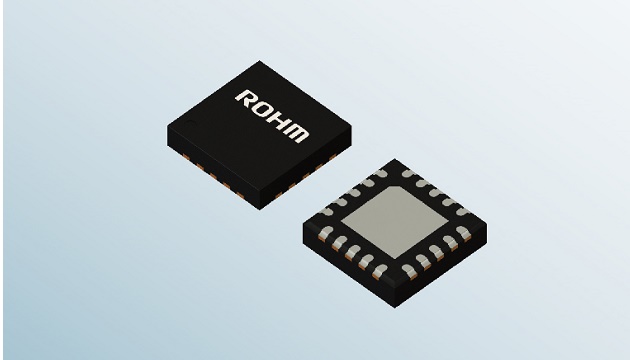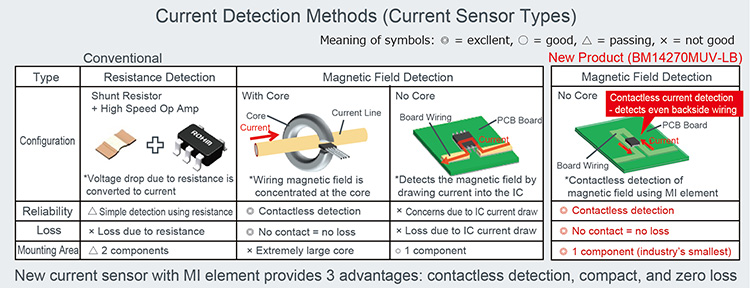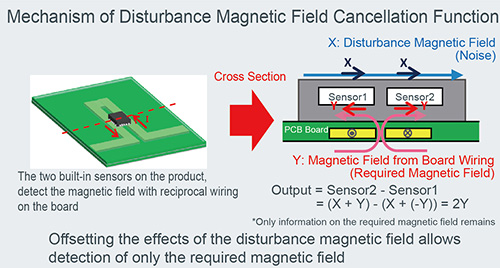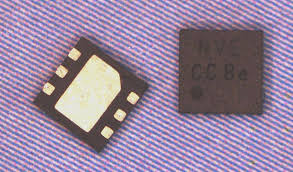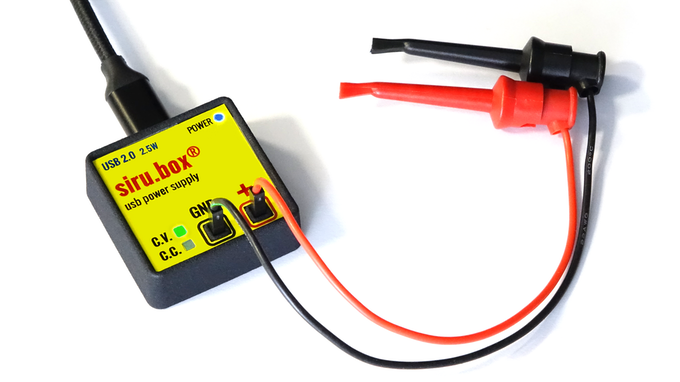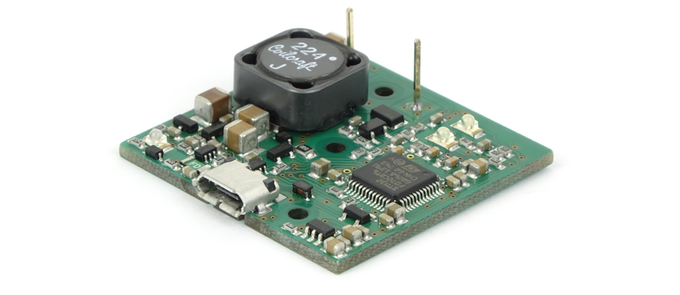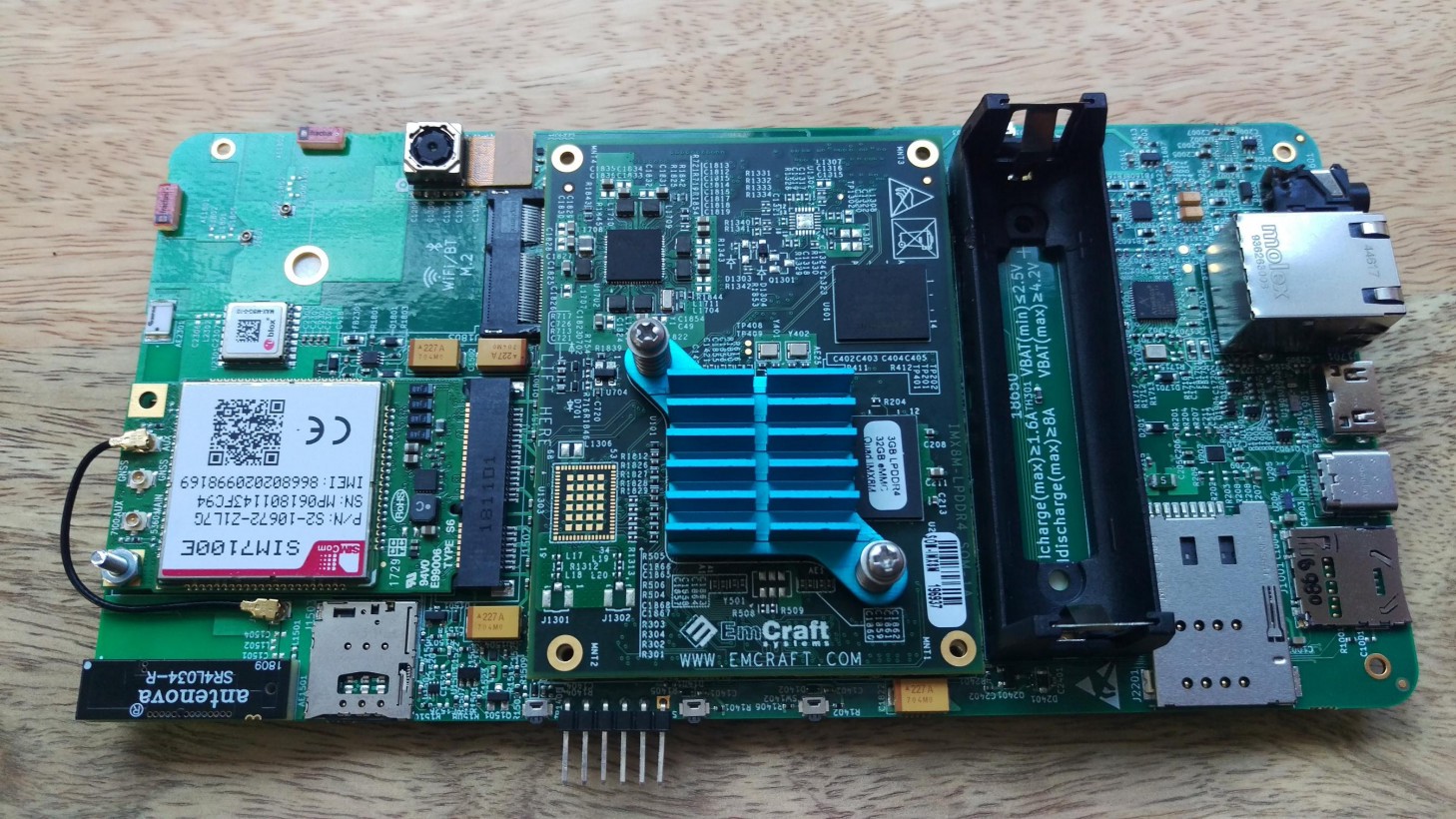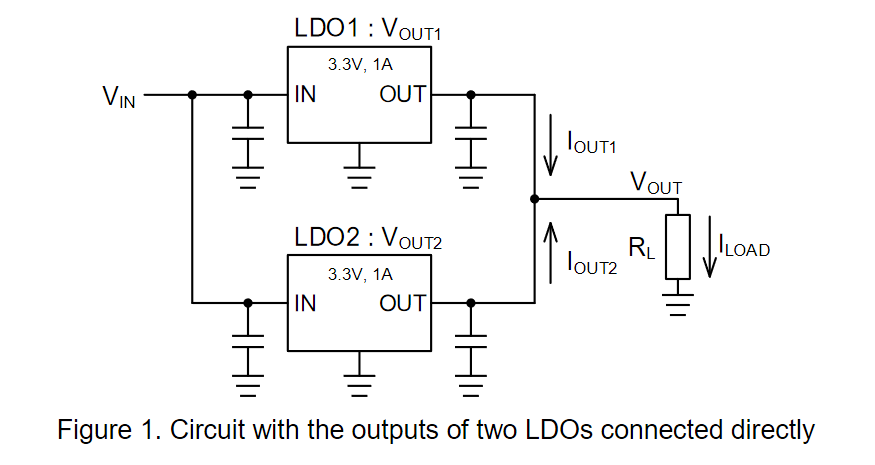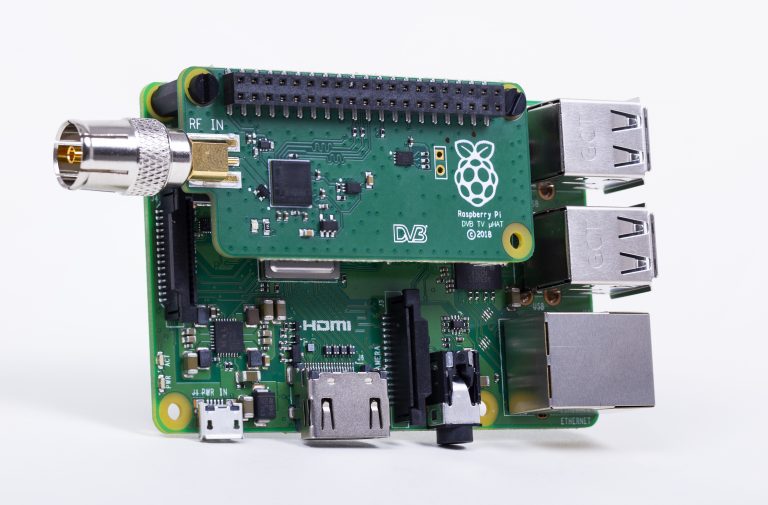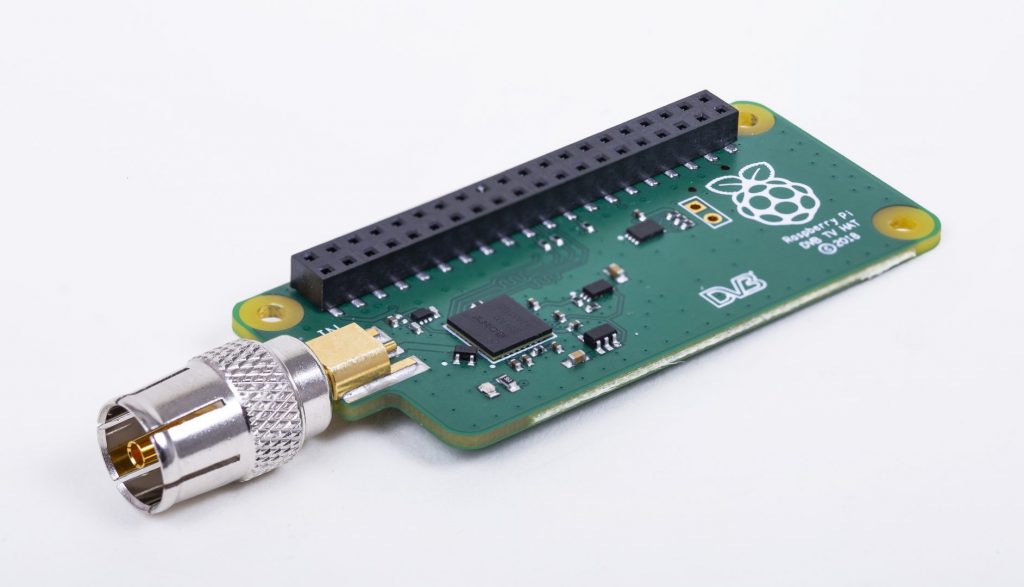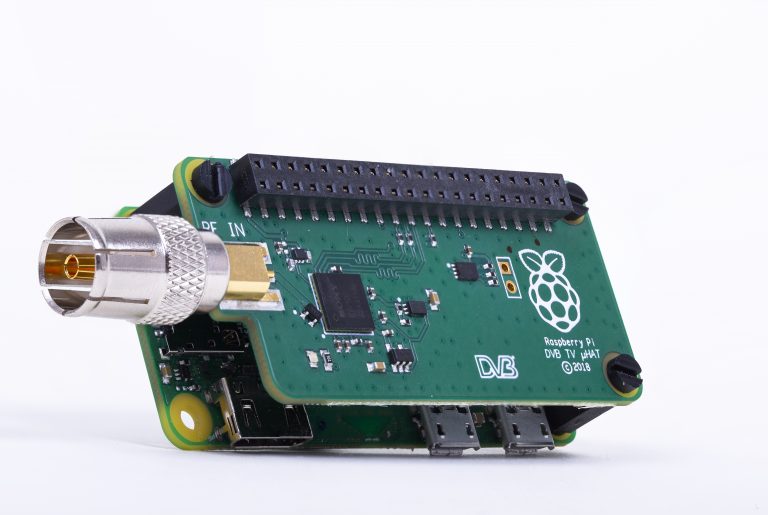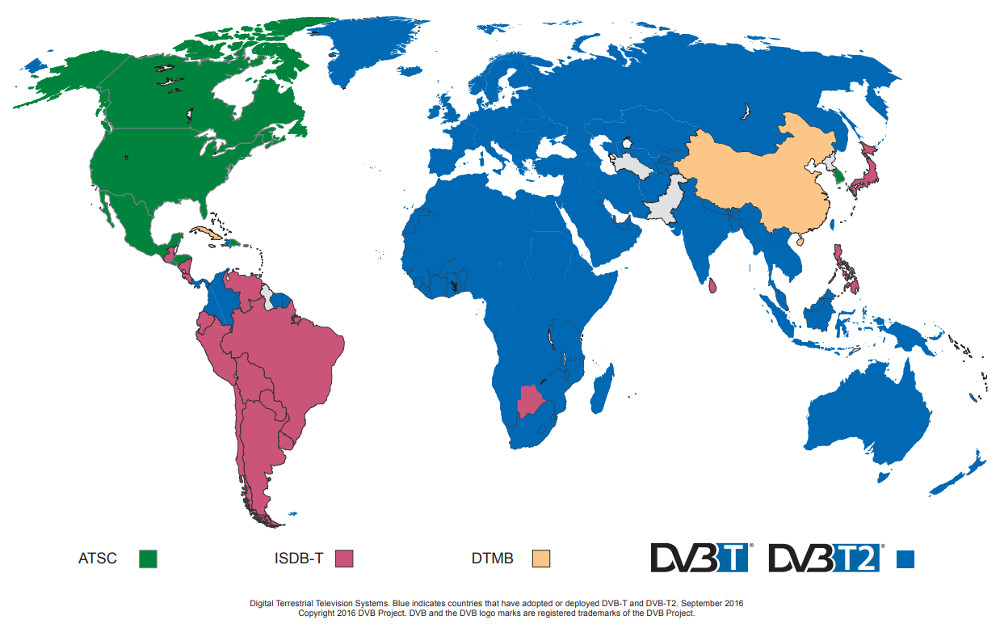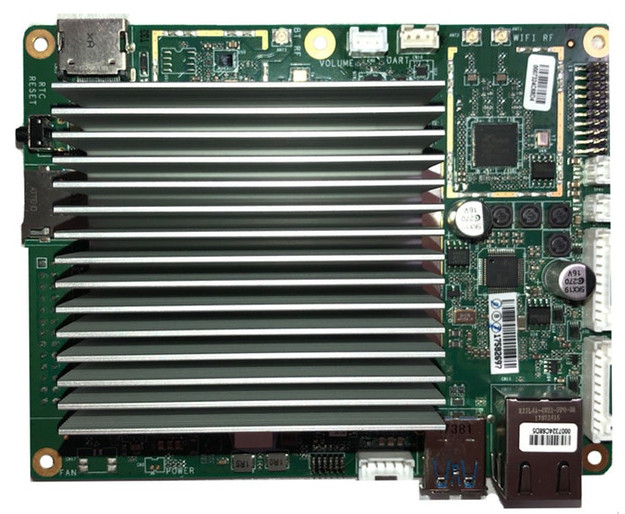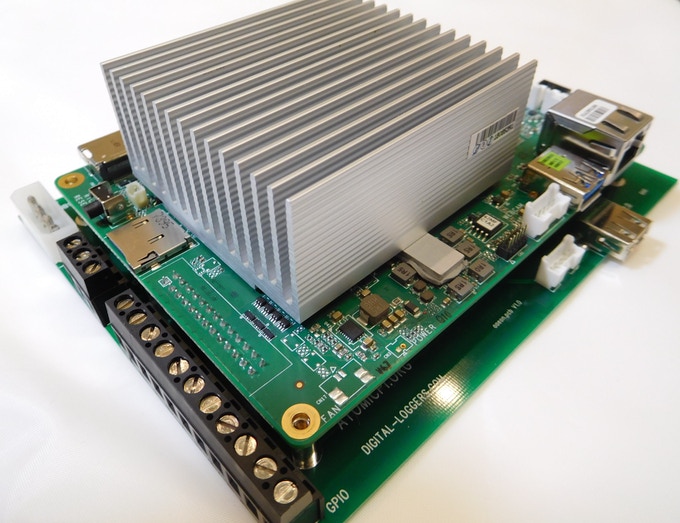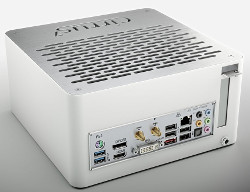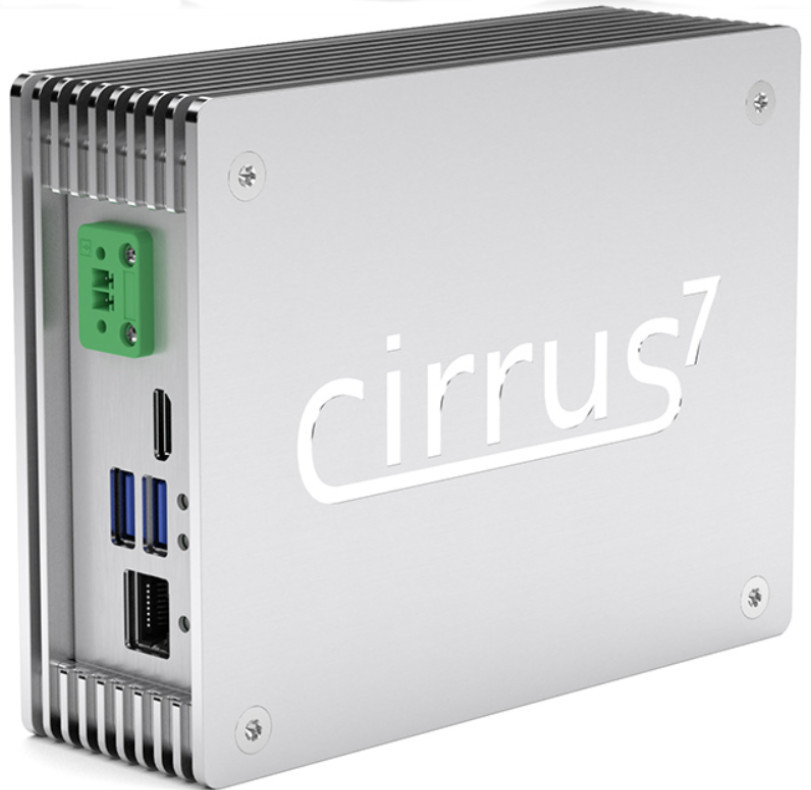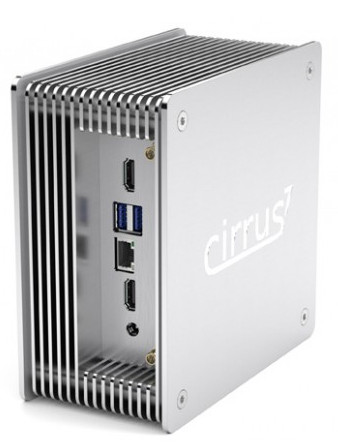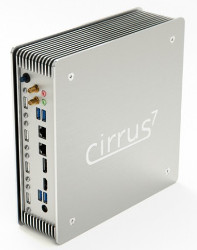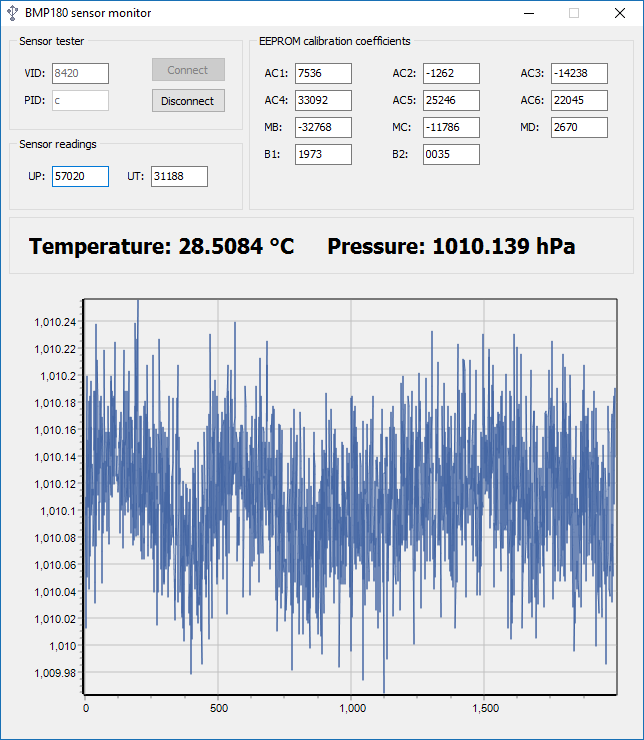Ultra-compact high reliability design eliminates heat generation, improving safety and energy savings in industrial equipment
ROHM has recently announced the availability of the industry’s smallest contactless current sensor, the BM14270MUV-LB. It achieves minimum power loss (no heat generation) in an ultra-compact size, making it ideal for industrial equipment and consumer devices that detect operating conditions via current, including battery-driven drones, solar power systems, and servers in data centers requiring high power.
In recent years, the growing awareness of energy conservation and safety worldwide together with environmental regulations require safety countermeasures and power visualization in high power applications such as servers in data centers and solar power systems. This results in an increased demand for current sensors. However, conventional current sensors using Hall elements typically feature large current consumption and low sensitivity, making it necessary to draw current within the sensor itself. As such until now there were no current sensors on the market that provided high reliability and low loss in a compact form factor (3.5mm square).
ROHM developed a current sensor utilizing a high sensitivity low current MI element that allows for completely contactless current detection. The BM14270MUV-LB was developed by combining ROHM’s industry-leading semiconductor production and sensor control technologies with Aichi Steel’s MI (Magneto-Impedance) element. The result is a contactless current sensor that eliminates the need to draw current within the sensor to measure it. The sensor itself consumes very low current (0.07mA – 100x smaller than conventional products) and comes in the industry’s smallest size (3.5mm square). In addition, a disturbance magnetic field cancellation function is included to protect against noise, making shielding unnecessary. Digital output from the built-in A/D converter reduces MCU load, facilitating current monitoring. These features allow users to easily detect the current of virtually any application with high reliability, from compact battery-driven devices to high power industrial equipment.
Going forward, ROHM will continue to contribute to increase comfort and safety of the society by developing high-performance, high reliability sensors demanded by the IoT and industrial equipment markets.
Samples will be available from January 2019, with OEM quantities available from April 2019.


